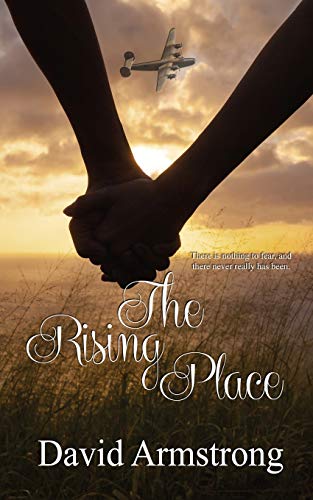The Rising Place
Young lawyer David moves from New York to his wife’s hometown of Hamilton, Mississippi. His first assignment is to prepare the will of an elderly lady, Emily Hodge. Though the only child of important citizens of her town, she has no friends or surviving family.
Emily shows David a photo taken when she was young and a striking beauty. She says nothing after David remarks, “You were a lovely girl.” At Emily’s death, David collects and disposes of her few remaining belongings. The most intriguing of these is a box of letters, and David reads them all.
After a short introductory chapter, the letters tell Emily’s story from 1941-49 and take readers deep into the ugly racism at that place and time—beatings, lynching, horrid injustice. Emily’s first love, Harry, was an aviator. Soon after their hot romance, he left to join the Air Corps. Harry was one-quarter Black. She became pregnant and gave birth to their son, but her parents and the entire white community shunned her. Emily’s only friends back then were other African Americans.
Telling a story through letters only is a daunting challenge. Too much dialogue makes letters read more like a reporter’s transcript. Too many details of setting and background will read more like a journal or passages from a novel. Emily’s letters suffer from both flaws. However, the plot and core facts all ring true and tug at the emotions. We feel for Emily. Readers interested in a strong character coping with small-town Mississippi life during America’s WWII awakening will enjoy this short novel.










